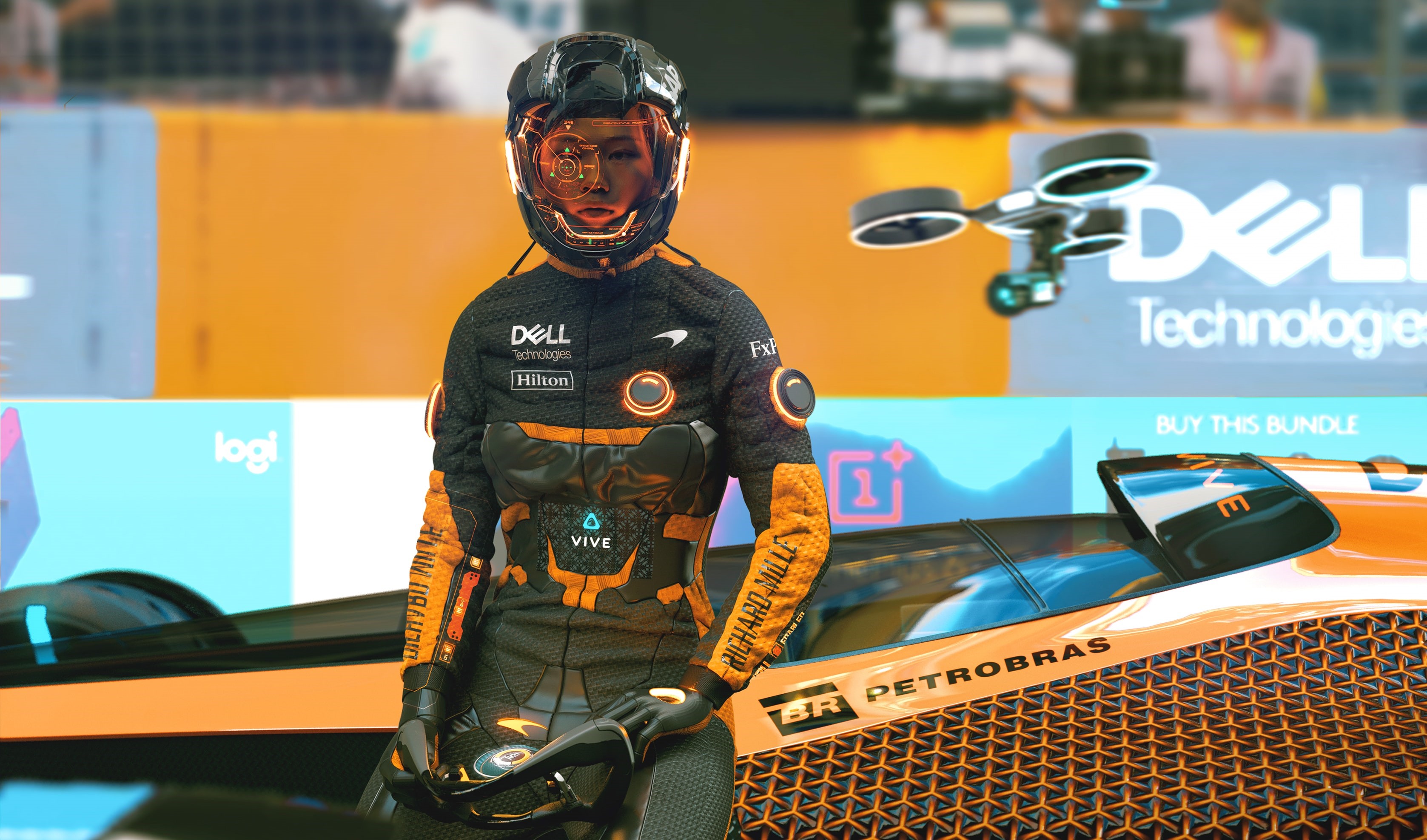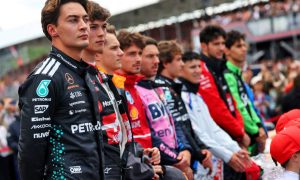
McLaren Applied Technologies has offered its bold vision of what contemporary Formula 1 racing could look like three decades down the road.
The world's reliance on technology, the advent of artificial intelligence, and the rise of autonomy and electrification in the automotive industry are the main components that will craft the car of tomorrow, but also the future of Grand Prix racing.
The McLaren's group technological arm, MAT, has applied its expertise to an interesting exercise with regard to defining what F1 could look like in 2050.
"The concept was developed by looking in detail at the direction of international policy on vehicle electrification and emissions targets, the development in human and automotive technology, the potential emergence of rapidly growing economies, and the need to attract a more diverse and engaged fan base," said MAT as it offered its take on the future.
"Alongside its own analysis, McLaren Applied Technologies undertook a series of workshops with MA and PhD students from top universities to delve deeper into the research, and to envisage how motorsport might respond to future scenarios, and synthesised a huge range of possibilities down to a single set of concepts that existed across a fan’s experience."

MAT centered its research and developed its ideas around four axes.
• A race car (MCLExtreme) founded upon technical insight, and features a 500 km/h rear-wheel-drive electric powertrain, high density foldable battery moulded to the aerodynamic package, shape-shifting active aerodynamics, on-board AI co-pilot and self-healing tyres.
• The race circuit of the future. Longer and wider with huge sidewinding banks, E-pitlanes for charging, transparent roof facilities for fans to get as close to the action, tracks that are adaptable to extreme weather and black-out zones with no communication or AI assistance for the driver.
• The driver for 2050 including, a reinforced g-suit to deal with extreme high speeds, AI co-piloting to learn driver behavior and aid during a race, driver emotion to be reflected on the chassis of the car and performance actuated on cognition, emotion, and physiological response.
• The next generation fan experience including fan sentiment being projected in the cockpit of the car, mixed reality giving fans access to multiple camera angles and race data. Esports competitors can compete in the race virtually, in real-time. Gamers can also race the track before grands prix to teach the AI new race strategies.

The renderings released by McLaren Applied Technologies on Wednesday hint at a radical, futuristic world that perhaps offer more insight into the company's rich imagination and creativity than into a realistic evolution of the world.
Regardless of whether it all turns out to be fact or fiction in 30 years, the concept isn't without merit.
"At McLaren we never stand still. We are always looking to innovate to find the solution for tomorrow today," says Rodi Basso, motorsport director of McLaren Applied Technologies.
"In recent years, we have seen concepts and ideas about how a Formula 1 car could look and operate in the future.
"However, this is the first time anyone has given detailed thought and insight into a viable vision of motorsport in the future.

"This is a hugely exciting and thought-provoking vision. One that includes the views of fans, university students, McLaren’s drivers and our talented team at McLaren Applied Technologies.
"Our hope is for this to stimulate debate about how motorsport responds to changes in technology and sports entertainment trends to ensure we can meet the needs of fans in 2050."
Actually, meeting the needs of the fans in 2019 would already represent quite a feat!
Gallery: The beautiful wives and girlfriends of F1 drivers
Keep up to date with all the F1 news via Facebook and Twitter






